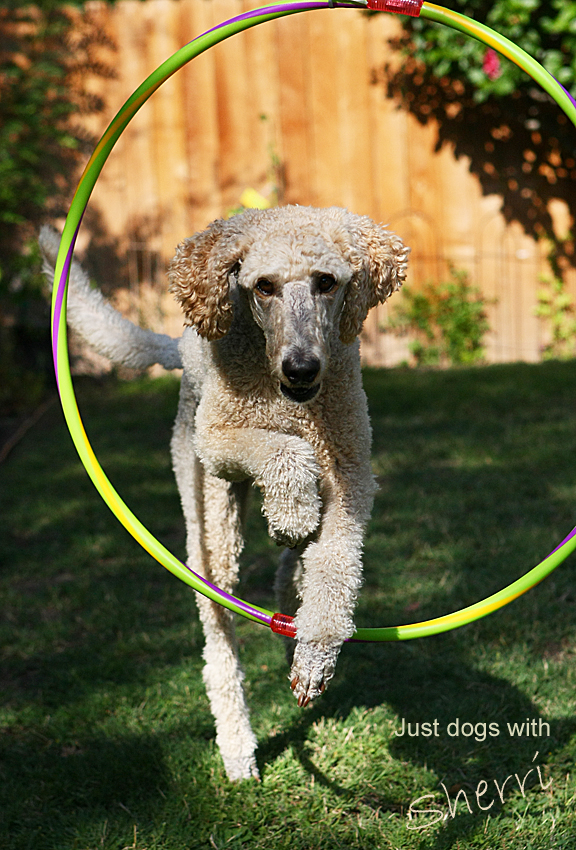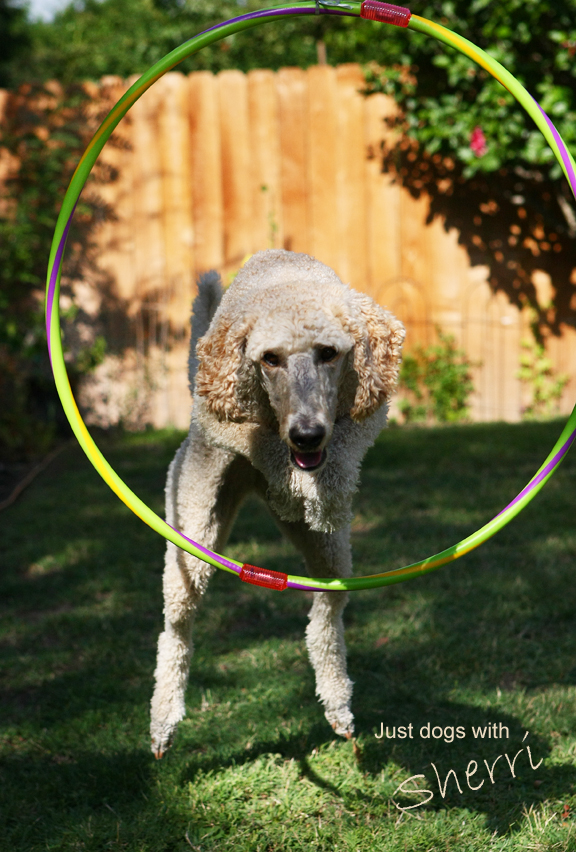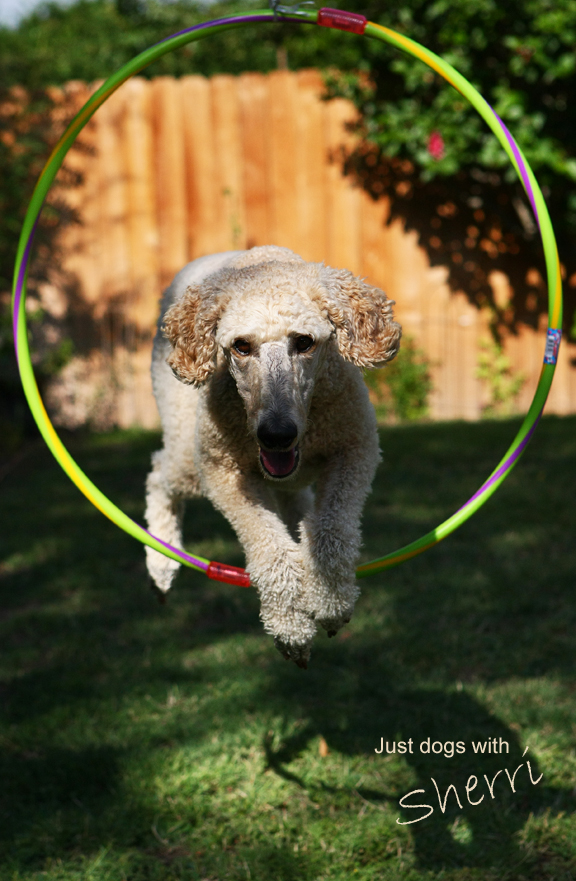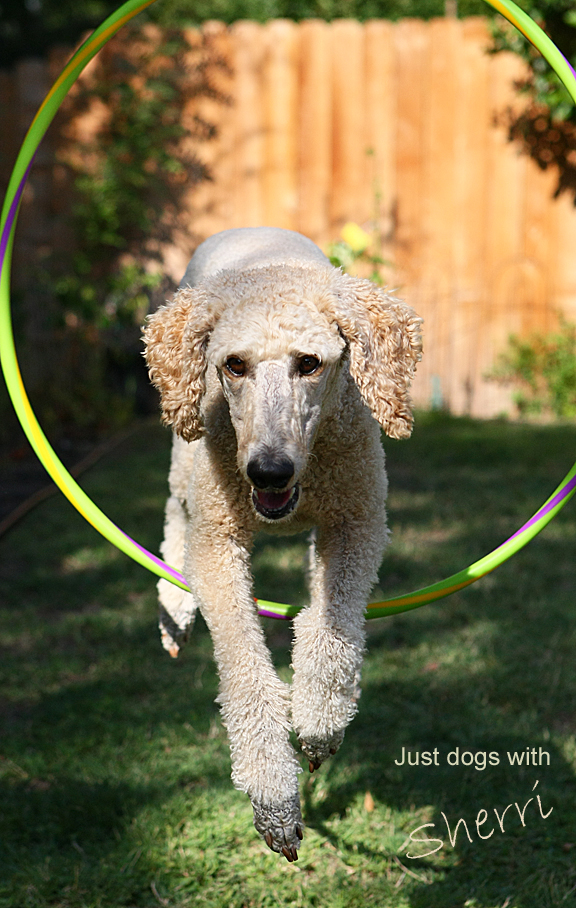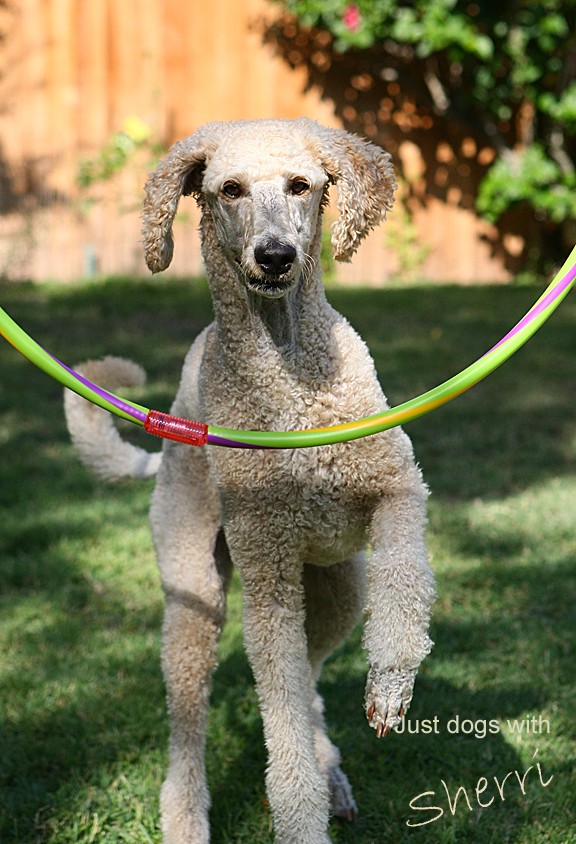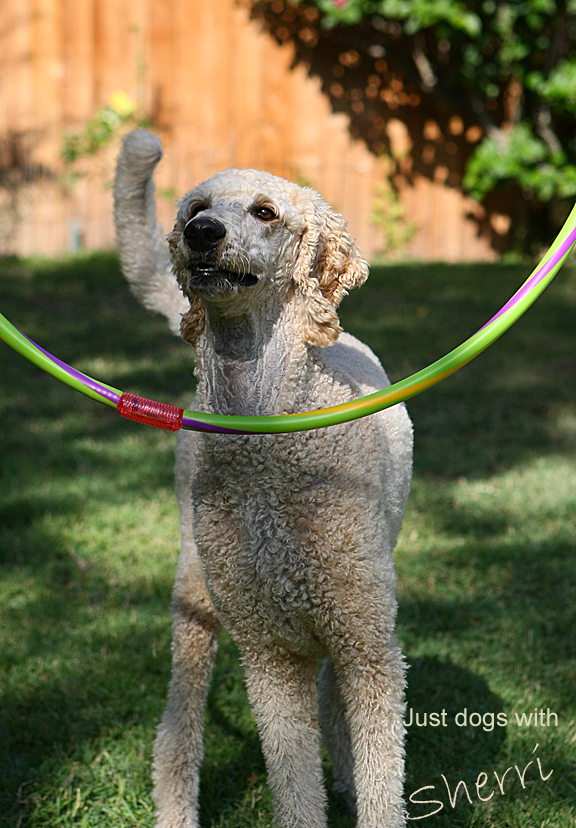So much being said.
This is part #2 - a continuation from my previous Really Listening Part #1 blog.
As far as we humans are concerned, listening (although few people actually listen) is what we rely on for communication. There is a great deal that can be heard if you read between the lines of what is said and watch as well. Even though we depend on verbal communications for our preferred way of communicating; there is more to communication than words.
Dogs, on the other hand use body language first so listening to your dog means watching. Of course canines use vocal communication but it is not their prime means of getting a message across. Do you listen to your dog? Which means do you watch?
I love watching dogs. So much is said within a few seconds and if you are not watching intently and clearly understand what you are seeing, you'll either miss it or misinterpret the message. When Elsa has a play date with a canine friend, I find it hard not to watch 100% of the time. I find it fascinating, so much information is shared between our dogs that we never even know about if we aren't paying attention.
Isn't it funny that we think that our dogs are so amazing at knowing what is going on with us. "How did she know we were having friends over?" "How does your dog know when you aren't going out?" They watch, it's what they do and they know. They know when things are good and when things are bad, they just know.
If I am out and about I love to watch dogs and their constant communication. I have tripped many times while turning to watch an interaction on my own walk. It is what I love.
Humans tend to take what they see in canine content and turn it into a human behavior. When dogs communicate it is not in the same way that we do at all. We have to explain it in human terms so that we mere humans can understand it but they don't do human things unless they are trained and asked to do so.
Understanding canine communications is completely alien to us; that is unless we take the time to learn about it.
Humans misread canine interactions on a regular basis, I see and hear it all of the time. I see videos where people think that dogs are playing so cute; but they are just on the verge of a fight. Photos of people allowing children to hug or sit on a dog and think that the dog loves it, sends chills down my spine.
An extremely relatable example is guilt. Humans often, far too often see submission as guilt. "He knows he should not poop on the floor," is a common statement as an owner is yelling at their dog. "Look how guilty he is," they say as the dog hangs it's head, averts eye contact and shrinks in submission. The dog is reacting to the human behavior, not the guilt from what they have done.
If you live with a dog or dogs you really should learn how to understand them.







